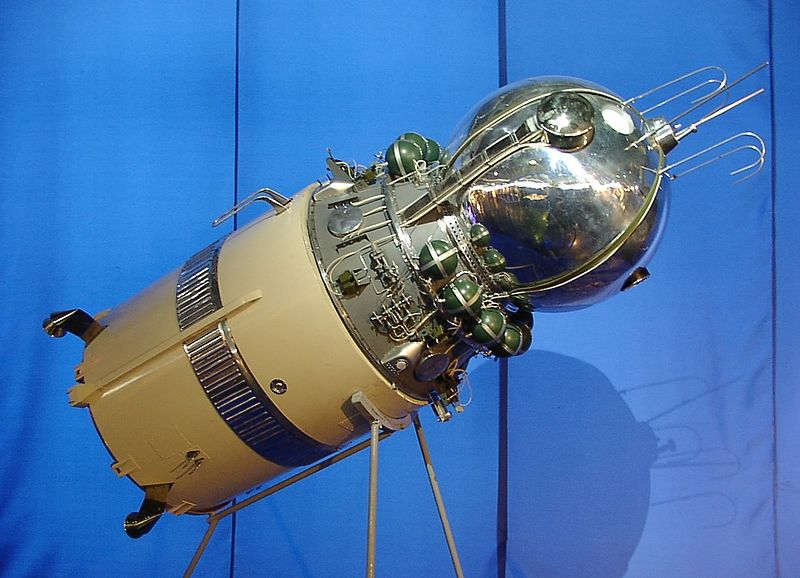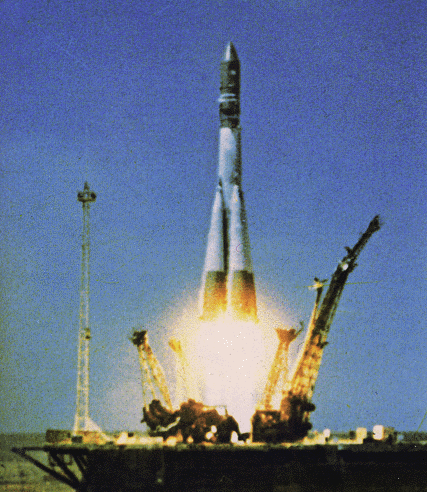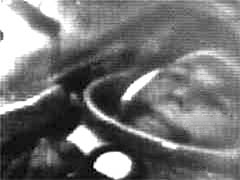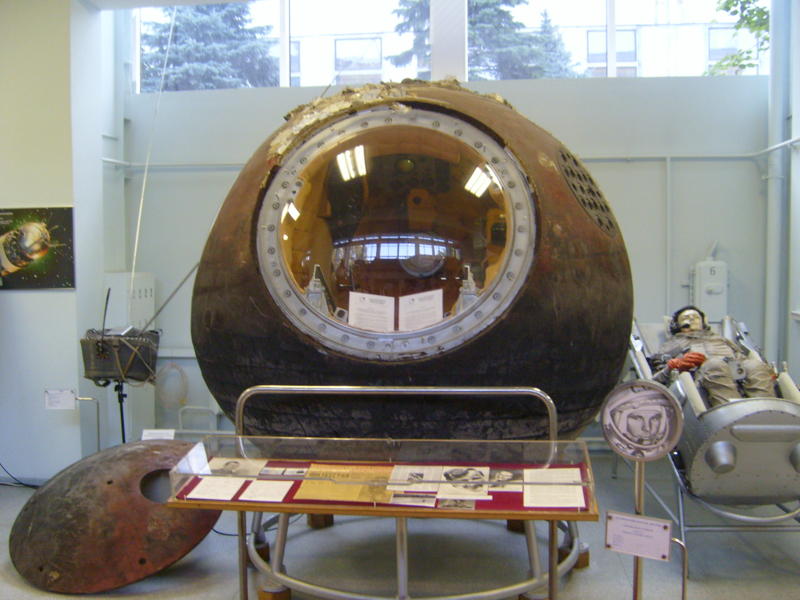Vostok 1 – The Soviet’s Spacecraft That Won The Race To Space
The First Man In Space
Vostok 1 was the name of the spaceflight that first launched a human into Space. It was the first mission of the Soviet manned Vostok program and the first time a human had orbited the Earth during Yuri Gagarin April 12, 1961 flight! Vostok 1 was launched from Baikonur Cosmodrome on the Vostok-K rocket.
Amazing Fun Facts About The First Space Mission!
- The Vostok spacecraft was part of the Soviet Vostok program which made 6 manned spaceflights between 1961 and 1963 as part of the Space Race with American’s Project Mercury.
- The last flight of the Vostok program was in June 1963 when Vostok 6 carried the first woman in space - Valentina Tereshkova.
- The date April 12 1961, will forever be a significant date in world history. On this day the cosmonaut Yuri Gagarin was lifted aboard the Vostok K rocket and into space where he completed a single orbit in his Vostok 1 spacecraft. This event shocked the world!
- His orbital flight with an altitude of 170 kilometres (91 nautical miles), sped through the thin upper atmosphere and only took 108 minutes (less than 2 hours!) from launch to landing.
- The Vostok 1 spacecraft landed 2800 km west of the planned landing site!
- However, Yuri didn’t land inside his Vostok 1 spacecraft as you might imagine. When he was 7 kilometres high he ejected and parachuted back to the surface while the Vostok 1 spacecraft continued to freefall until at 2500 m (8,200 ft) when its main parachute deployed.
- It had always been planned to eject rather than land with the spacecraft as the descent module impacted the ground hard which could have easily left a cosmonaut seriously injured.
- The ejector seat system could also be used in the event of a launch failure similar to the American Gemini spacecraft.
- Interesting Fact - had the planned retrorocket firing (required to bring Yuri back to Earth) failed, the Vostok spaceflights were placed in a special orbit so that they would decay naturally in ten days. So the cosmonauts were provided with enough supplies to last the long in space in case this happened.
- In his home country, Gagarin's flight was considered a great triumph of Soviet technology and the superiority of the socialist system over American capitalism.
- The flight was celebrated around the world as a great milestone for mankind with Gagarin promptly awarded the title of Hero of the Soviet Union, the Soviet Union’s highest honour and also became an international celebrity, receiving numerous awards and touring several parades across the world.
Vostok 1 Spacecraft Design
- The Vostok spacecraft was a spherical capsule with a mass of about 2,500 kgs and a diameter of 2.3 meters, with a similar sized attached service module which contained the retro engine system.
- The Vostok design had a simple spherical shape for strength, but as a result, it couldn’t orientate itself during re-entry so the cosmonaut typically experienced significant g-forces on reentry due to tumbling! On the other hand, the American ‘gumdrop’ design which is designed to remain stable with a heat shield on one side.
- By the mid-1960s the Vostok was outdated and the more advanced Soyuz spacecraft in service (and the Soyuz still is as of 2019).




Vostok-1 Spacecraft
Launch
Yuri Gagarin in Vostok 1
Vostok-1 Capsule



